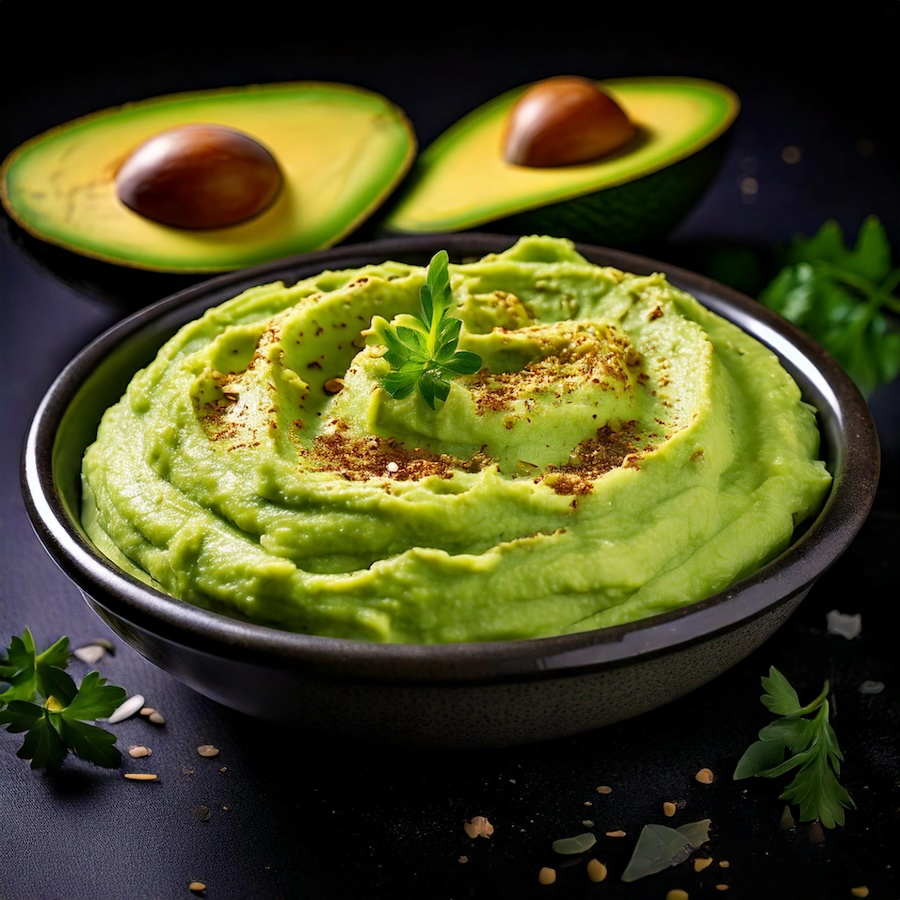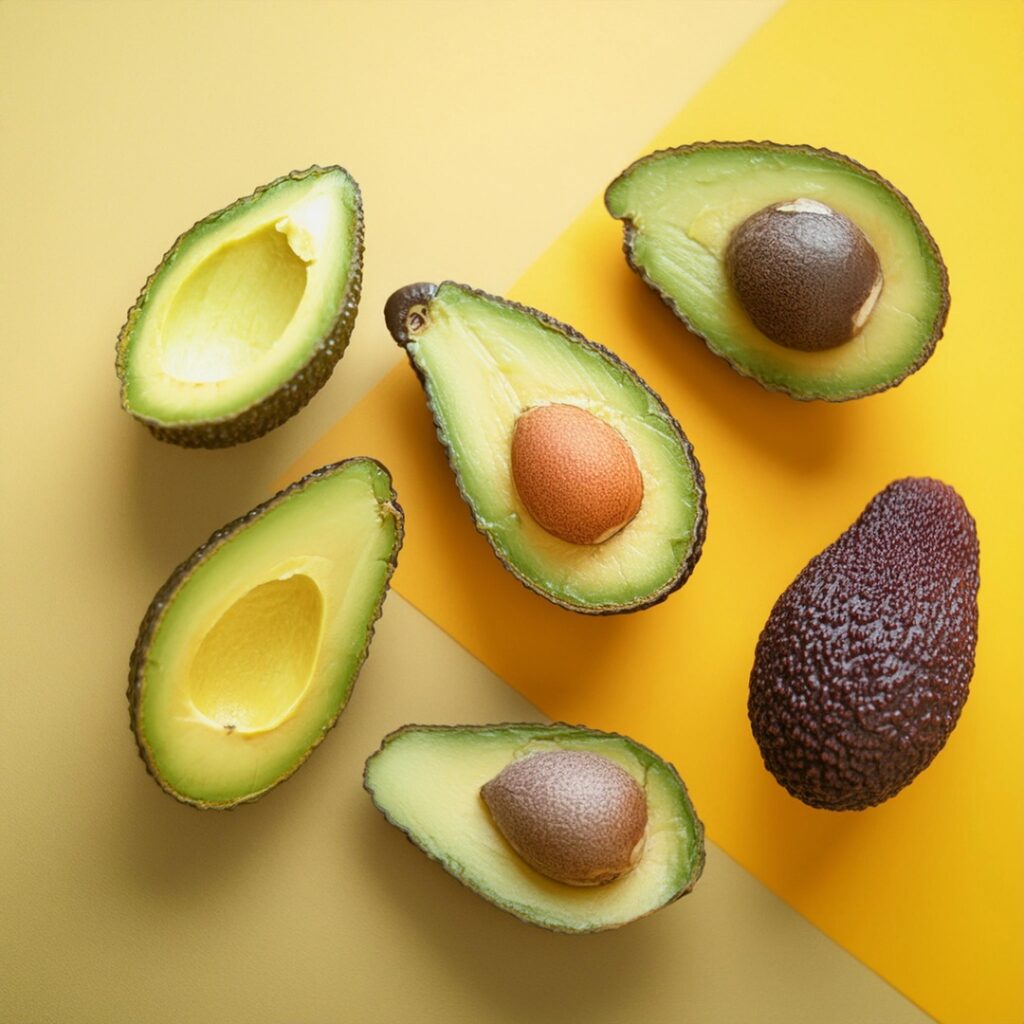Avocados are widely celebrated for their creamy texture, rich taste, and incredible nutritional benefits. However, not everyone can enjoy avocados due to allergies, intolerances, personal preferences, or simply their availability. If you fall into this category, don’t worry—there are plenty of other delicious and nutritious options that can fill the avocado-shaped void in your meals. In this post, we’ll explore the best alternatives to avocados, their health benefits, and how you can use them in recipes.
Why Look for Avocado Alternatives?
Avocados are known for being rich in healthy fats, particularly monounsaturated fats, as well as fiber, potassium, and vitamins like E and C. They’re versatile and can be used in everything from smoothies to salads and desserts. But there are reasons someone might need an alternative:
- Allergies or Intolerances: Some individuals experience adverse reactions to avocados.
- Availability and Cost: Avocados can be expensive or hard to find in certain regions.
- Sustainability Concerns: Growing avocados requires significant water resources, which has led some to seek eco-friendlier options.
- Taste Preferences: Not everyone enjoys the unique flavor of avocados.
Whatever your reason, there are plenty of substitutes that can offer similar nutritional benefits and culinary versatility.
Top Avocado Alternatives
1. Hummus
- Why It Works: Hummus has a creamy texture and rich flavor that makes it a great avocado substitute in spreads, dips, and even sandwiches.
- Nutritional Benefits: Made from chickpeas, tahini, olive oil, and lemon, hummus is packed with fiber, plant-based protein, and healthy fats.
- How to Use It: Spread hummus on toast, use it as a dip for veggies, or mix it into grain bowls.

2. Mashed Bananas
- Why It Works: Bananas offer a similar creaminess and can work well in sweet recipes or as a base in smoothies.
- Nutritional Benefits: Rich in potassium, vitamin B6, and natural sugars for energy.
- How to Use It: Use mashed bananas in place of avocado in smoothies, baking recipes, or as a topping for toast with a sprinkle of cinnamon.
3. Greek Yogurt
- Why It Works: Greek yogurt mimics the creaminess of avocado and can add a tangy flavor.
- Nutritional Benefits: High in protein, calcium, and probiotics for gut health.
- How to Use It: Replace avocado in dips like guacamole, blend into smoothies, or use as a creamy salad dressing base.
4. Nut Butters (e.g., Almond Butter, Cashew Butter)
- Why It Works: Nut butters provide richness and healthy fats similar to avocado.
- Nutritional Benefits: Loaded with monounsaturated fats, vitamin E, and magnesium.
- How to Use It: Spread on toast, mix into oatmeal, or drizzle over fruit for a nutrient-dense snack.
5. Silken Tofu
- Why It Works: Silken tofu has a smooth consistency that works well in savory and sweet dishes.
- Nutritional Benefits: A great source of plant-based protein, calcium, and iron.
- How to Use It: Blend into smoothies, use in vegan desserts, or mash it for a creamy salad topping.
6. Sweet Potatoes
- Why It Works: When mashed, sweet potatoes have a similar creamy texture and mild sweetness.
- Nutritional Benefits: High in beta-carotene (vitamin A), fiber, and potassium.
- How to Use It: Spread mashed sweet potatoes on toast, use in grain bowls, or as a filling for wraps.
7. Pesto
- Why It Works: Pesto’s oily and flavorful profile can act as a replacement in recipes requiring richness.
- Nutritional Benefits: Packed with healthy fats from olive oil and nuts, plus vitamins from basil.
- How to Use It: Spread on toast, mix into pasta, or use as a salad dressing.
8. Coconut Cream
- Why It Works: Coconut cream is thick and rich, making it a great option for recipes that call for avocado’s creaminess.
- Nutritional Benefits: Contains healthy fats and adds a tropical twist to dishes.
- How to Use It: Blend into smoothies, use in soups, or whip it as a topping for desserts.
9. Edamame
- Why It Works: When blended, edamame creates a creamy, nutty spread similar to avocado.
- Nutritional Benefits: High in protein, fiber, and essential amino acids.
- How to Use It: Blend into dips, use in grain bowls, or serve mashed on toast.
10. Zucchini (Blended or Mashed)
- Why It Works: Cooked zucchini has a mild flavor and soft texture similar to avocado.
- Nutritional Benefits: Low in calories, high in water content, and provides vitamin C.
- How to Use It: Use mashed zucchini in spreads, smoothies, or as a creamy soup base.
Psychedelic Avocado tee! Vibrant hues and surreal vibes make this shirt a must-have. Elevate your style, stand out, and join Club Avocado. Shop today!

Recipes Featuring Avocado Alternatives
Hummus Toast with Veggies
- Spread hummus on multigrain toast.
- Top with sliced cucumber, cherry tomatoes, and a sprinkle of paprika.
Sweet Potato Toast with Almond Butter
- Roast thin slices of sweet potato until tender.
- Spread almond butter on top and sprinkle with chia seeds.
Greek Yogurt Guacamole
- Combine Greek yogurt with lime juice, garlic, and diced tomatoes for a tangy dip.
Tips for Choosing the Best Alternative
- Consider the Recipe: Choose an alternative that complements the dish. For example, silken tofu works well in smoothies, while hummus is perfect for savory dishes.
- Focus on Nutrition: Ensure the substitute provides similar health benefits, such as healthy fats or fiber.
- Experiment: Don’t be afraid to try different options to find the best fit for your taste and dietary needs.
Final Thoughts
Avocados are undoubtedly a superfood, but there are plenty of equally delicious and nutritious alternatives if they’re not an option for you. From creamy hummus to nutrient-packed sweet potatoes, these substitutes can bring similar textures and health benefits to your meals. Experiment with these options and discover new favorites to enrich your culinary adventures. Happy cooking!



Pingback: Avocado Dessert Recipes: Healthy & Delicious Sweet Treats - clubavo.com